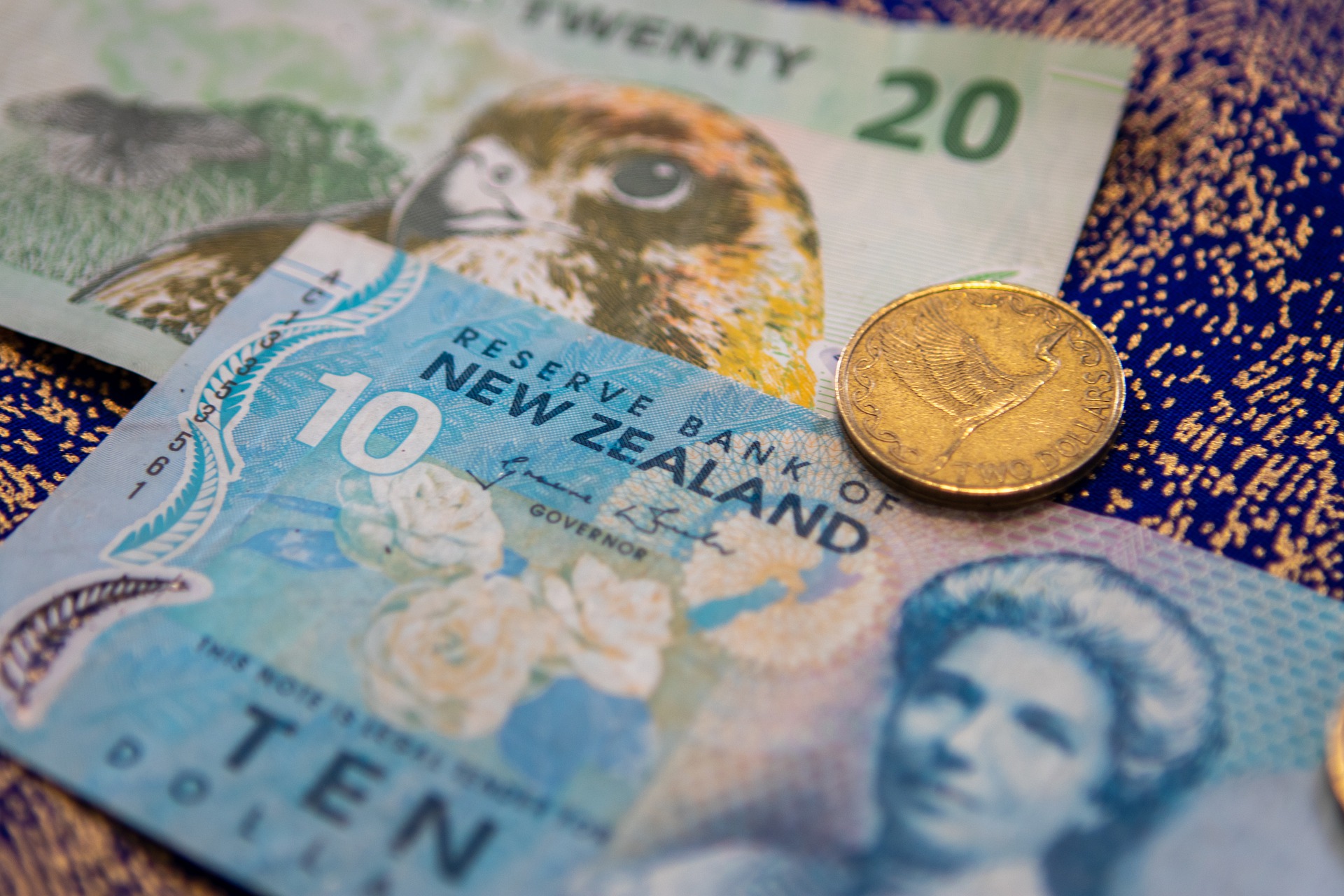The NZD/USD reverses from a four-day downtrend. There is recovery seen in the economy, as the NZ currency fluctuates at the 0.70 level, as Q1 GDP grows 1.6%.

NZ Currency Fluctuates with Economic Growth
The NZ currency bounced from 0.6910 levels after slipping lower last week. However, it still trades at the 0.7000 levels on Tuesday, June 2021, during forex market hours. The kiwi has bounced from low levels ahead of a presentation by Fed Chair Powell.
The NZ currency slipped to 0.6922 last week, towards the November 2020 lows.
If the NZD/USD moves below 0.6820, the downtrend may resume. The trend may continue upwards if it breaks above 0.7310, to the levels reached on May 25. Fx traders wait for the Fed presentation for further movement on forex currencies.
New Zealand GDP at 1.6% for the quarter ended March 2021 shows fast economic growth. The first quarter of 2021 has recovered better than forecast. GDP growth gives the value of New Zealand goods and services, and it shows growth for the first quarter of 2021. The economy had drifted lower in 2020 as a result of the pandemic. Forex investing has come down as investors are unable to predict the forex market.
The housing sector and retail sales sector have helped to pull up the economy. Mortgage loans have grown cheaper with low-interest rates, which have improved the housing sector. Spending across all industries has spurred growth in New Zealand. Non-retail industrial production shows a growth of $67 million, which is a 4% growth. Retail industries bounce with record growth of 1.7%, which is $103 million. The air of optimism has helped consumer confidence to improve.
Consumer spending increases to NZD 43840 million for the first quarter of 2021. It was NZD 41647 million for the last quarter of 2020. People are spending on everyday goods and services with expansion in household wealth and income. It accounts for 60% of GDP expenditure. Consumer confidence improves with higher household income. Unemployment levels have come down, and it has increased income growth in the labour market.
The border reopening uplifts tourism and travel sectors. Holiday accommodation and dining out have improved as people enjoy traveling and eating outdoors. The service sector has grown 5.1% in repair, maintenance, and personal care. Overall growth has increased the spending power of the people of New Zealand.
Good economic growth has brought the NZD/USD currency pair to 0.6990 levels, as it reverses after a continuous downturn.
Coronavirus Control brings Economic Recovery in NZ
The country saw an 11% drop in the last quarter of 2020 due to strict lockdown measures.
New Zealand’s effective control of the coronavirus pandemic allows for quick reopening of the economy. New Zealand reports the lowest rate in coronavirus cases, as it effectively controls the second wave of corona pandemic.
Finance Minister Grant Robertson says that retail spending has pulled up the economy. There will be a strong rebound in the coming years, says Robertson.
Stringent health measures have effectively controlled the Covid-19 infections. Infection rates and death rate have come down. Strict lockdown measures introduced early in the pandemic had brought down the Covid infection rate. Managed quarantine time and social distancing were some measures taken by the government to curb the pandemic.
Monetary easing by the RBNZ has helped the country to recover. It has improved large-scale unemployment to stabilize the economy. The job sector shows positive growth with businesses opening up and demand increasing. Employment growth has encouraged consumer spending. Government spending in consumption and investment have improved economic activity.
But, New Zealand has gone hard on border restrictions. The New Zealand dollar has appreciated as the economy reopens its border to foreign nations.
Reserve Bank of New Zealand
The Reserve Bank of New Zealand (RBNZ) may bring in tighter monetary policy as economic growth improves, predict experts. But monetary policy has to be eased slowly, as sudden disruption in monetary or fiscal policies may hinder recovery.
The RBNZ brought large-scale bond purchases to bring down maturity rates. Finance Minister Grant Robertson has given a boost to weekly welfare payments by NZD 55. It will help to tackle child poverty and inequality, says Robertson in his budget speech with a dovish outlook.
The Comprehensive and Progressive Agreement for Trans-Pacific Partnership (CPTPP) has a combination of 11 countries, which includes countries like New Zealand, Canada, Singapore, and Australia. However, the US and China are not part of the CPTPP. China has expressed interest in joining the CPTPP. FM Robertson said he was open to include China in the pact.
The economy may grow 3.2% in 2022 and 4.4% in 2023, say officials. The budget allocation in infrastructure, welfare, and education has gone up.
US Dollar Index
The USD saw a sharp surge from the 90.40 levels. It saw a sharp rise to 92.40 levels. The psychological level at 91.00 remains strong support to the US dollar index.
The FOMC meeting last week triggered a sharp surge to the greenback. However, it failed to hold gains and moved lower to 91.80 levels on Tuesday, June 22, during forex trading hours.